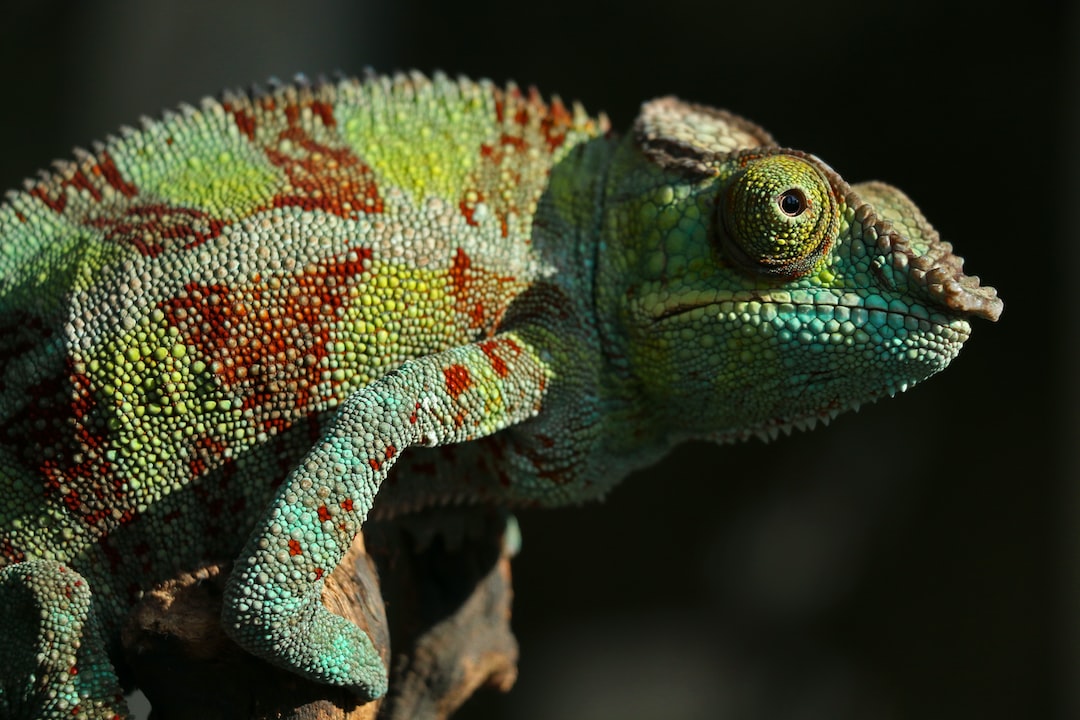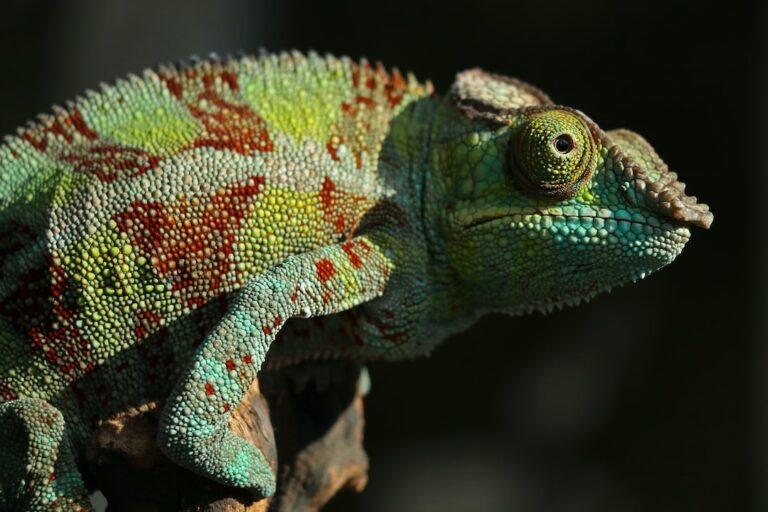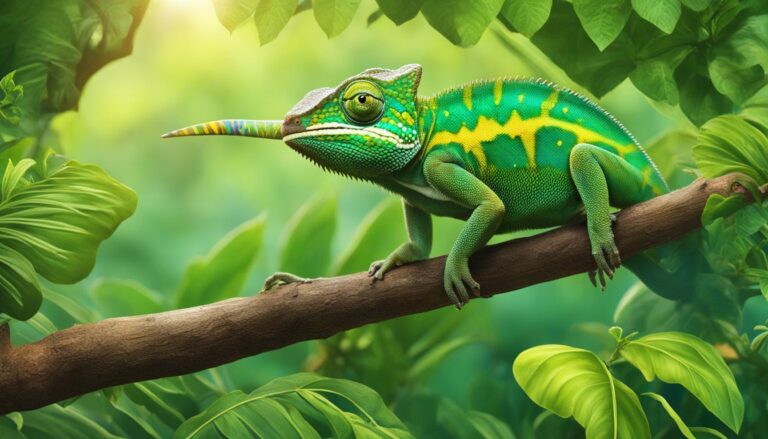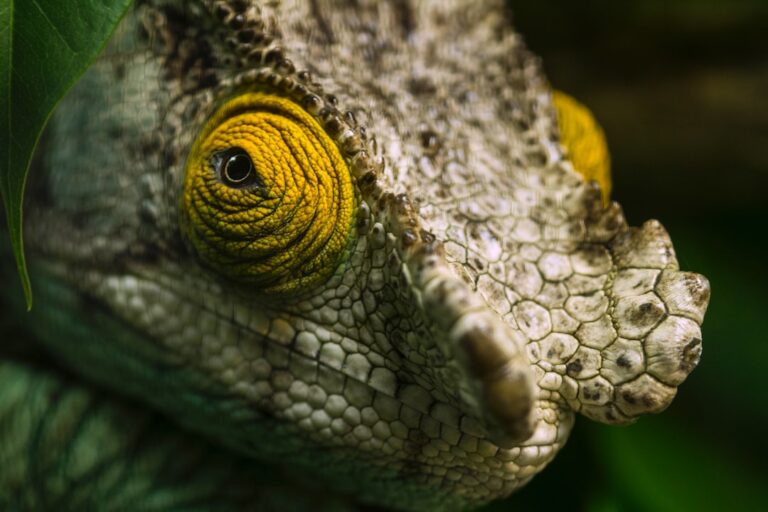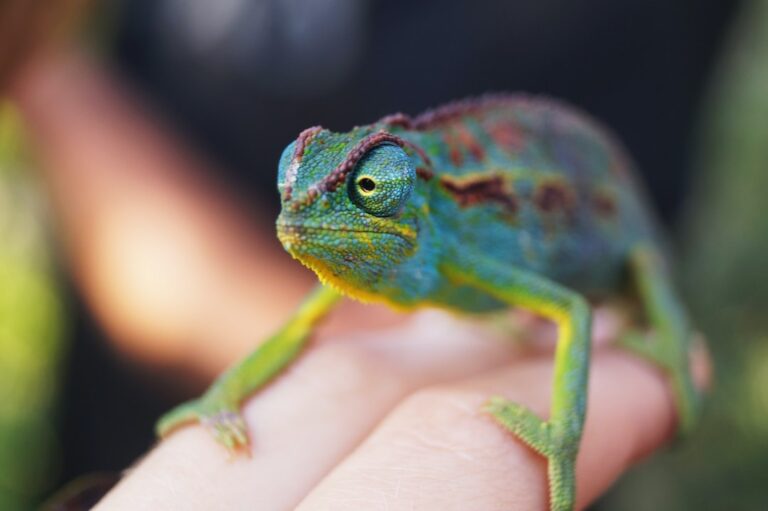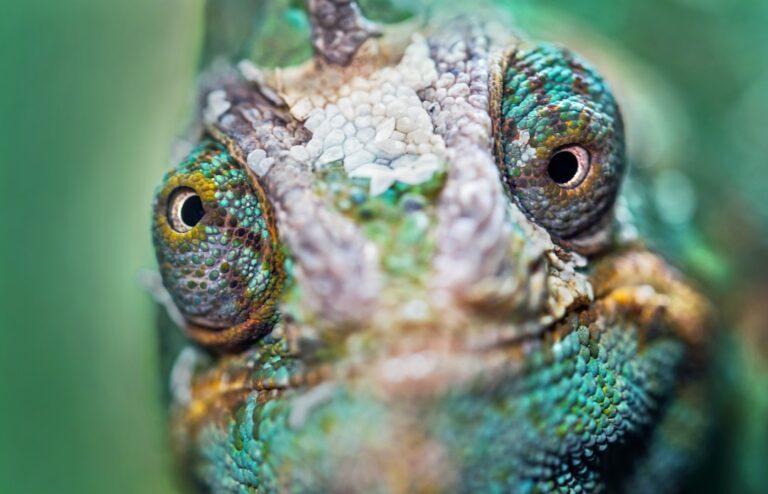Why Do Chameleons Need Humidity?
Chameleons are fascinating creatures known for their ability to change color and blend into their surroundings. These reptiles are native to tropical and subtropical regions, and they have unique habitat requirements that must be met in order for them to thrive in captivity. One of the most important factors in chameleon care is maintaining proper humidity levels in their enclosure. In this article, we will explore the role of humidity in chameleon health and well-being, and discuss the importance of maintaining optimal humidity levels.
Table of Contents
Understanding Chameleon Habitat Requirements
Chameleons require specific environmental conditions in order to thrive in captivity. These reptiles are native to areas with high humidity, so it is important to replicate these conditions in their enclosure. In addition to humidity, chameleons also require specific temperature and lighting conditions. The temperature should be kept within a certain range, typically between 70-85 degrees Fahrenheit, depending on the species. Chameleons also require UVB lighting in order to synthesize vitamin D3, which is essential for calcium metabolism.
The Role of Humidity in Chameleon Health
Humidity plays a crucial role in chameleon health. These reptiles have delicate respiratory systems that are highly sensitive to changes in humidity levels. If the humidity is too low, chameleons can become dehydrated and develop respiratory issues. On the other hand, if the humidity is too high, it can create a breeding ground for bacteria and fungi, which can lead to infections and other health problems.
How Humidity Affects Chameleon Behavior
Humidity also has a significant impact on chameleon behavior. Chameleons rely on moisture in the environment to stay hydrated and regulate their body temperature. When the humidity is too low, chameleons may become lethargic and less active. They may also have difficulty eating and drinking, as their prey items and water sources may dry out. Conversely, when the humidity is too high, chameleons may become stressed and exhibit signs of respiratory distress.
The Importance of Proper Humidity Levels for Chameleon Growth
Proper humidity levels are essential for chameleon growth and development. Chameleons require adequate moisture in order to shed their skin properly. If the humidity is too low, the skin may become dry and difficult to shed, leading to retained shed and potential health issues. Additionally, chameleons need proper hydration in order to grow and develop properly. Without enough moisture in the environment, they may not be able to absorb the necessary nutrients from their food.
The Link Between Humidity and Chameleon Skin Health
Humidity plays a crucial role in maintaining chameleon skin health. These reptiles have delicate skin that is prone to drying out if the humidity is too low. Dry skin can lead to a variety of issues, including cracking, flaking, and infections. It is important to maintain proper humidity levels in order to keep the skin hydrated and prevent these problems from occurring.
How Humidity Helps Chameleons Stay Hydrated
Chameleons have a unique way of staying hydrated – they absorb water through their skin and respiratory system. When the humidity is at the proper level, chameleons can absorb moisture from the environment, which helps to keep them hydrated. This is especially important for chameleons that live in arid environments, where water sources may be scarce.
The Relationship Between Humidity and Chameleon Shedding
Humidity also plays a crucial role in chameleon shedding. These reptiles shed their skin periodically as they grow. In order for the shedding process to go smoothly, chameleons require proper moisture levels in their environment. If the humidity is too low, the old skin may become dry and difficult to shed, leading to retained shed and potential health issues. Maintaining proper humidity levels is essential for ensuring that chameleons can shed their skin properly.
The Impact of Low Humidity on Chameleon Health
Low humidity can have a negative impact on chameleon health. When the humidity is too low, chameleons can become dehydrated, which can lead to a variety of health issues. Dehydration can cause lethargy, loss of appetite, and even organ failure in severe cases. Additionally, low humidity can lead to respiratory issues, as the chameleon’s delicate respiratory system may become irritated and inflamed.
How to Maintain Optimal Humidity Levels for Chameleons
Maintaining proper humidity levels for chameleons requires careful monitoring and adjustment. One of the most effective ways to increase humidity in the enclosure is through misting. This involves spraying water onto the plants and surfaces in the enclosure to create a humid environment. It is important to mist the enclosure several times a day, especially during the warmer months when the humidity tends to be lower.
Common Mistakes in Humidity Management for Chameleons
There are several common mistakes that chameleon owners make when it comes to managing humidity levels. One of the most common mistakes is over-misting. While it is important to provide adequate moisture for chameleons, excessive misting can lead to stagnant water and high humidity levels, which can create a breeding ground for bacteria and fungi. It is important to find a balance and monitor humidity levels regularly.
In conclusion, maintaining proper humidity levels is essential for the health and well-being of chameleons. Humidity plays a crucial role in chameleon health, behavior, growth, and skin health. It is important to replicate their natural habitat as closely as possible in order to ensure their optimal health and well-being. By understanding the importance of humidity and taking the necessary steps to maintain proper levels, chameleon owners can provide a comfortable and healthy environment for their pets.
If you’re interested in learning more about reptiles and their unique behaviors, you might want to check out this fascinating article on why do iguanas bob their heads. It explores the reasons behind this intriguing behavior and provides insights into the communication methods of these reptiles. Understanding the head-bobbing phenomenon can help reptile enthusiasts better care for their iguanas and interpret their body language. To read the full article, click here.

